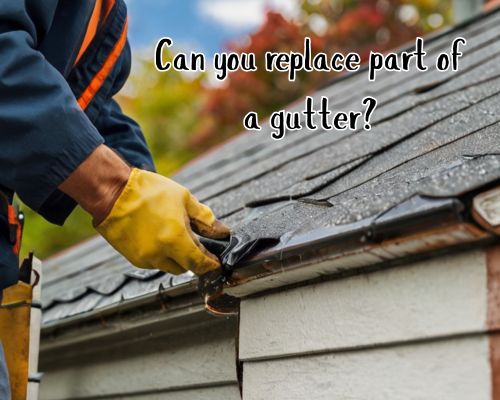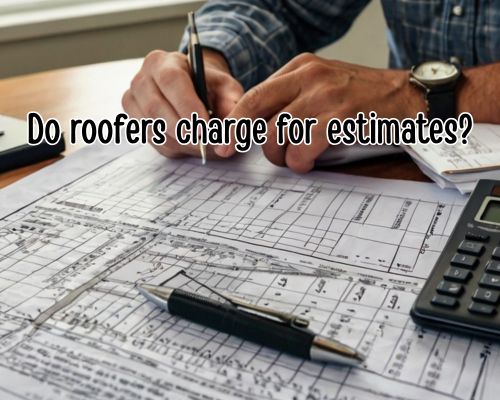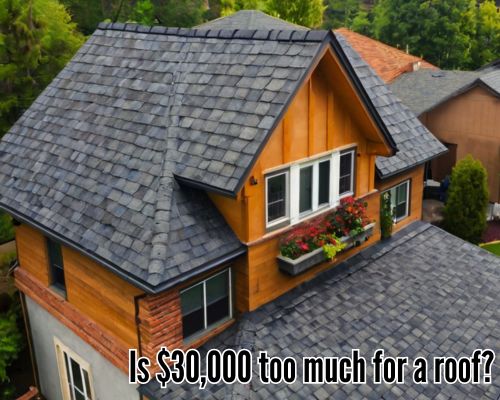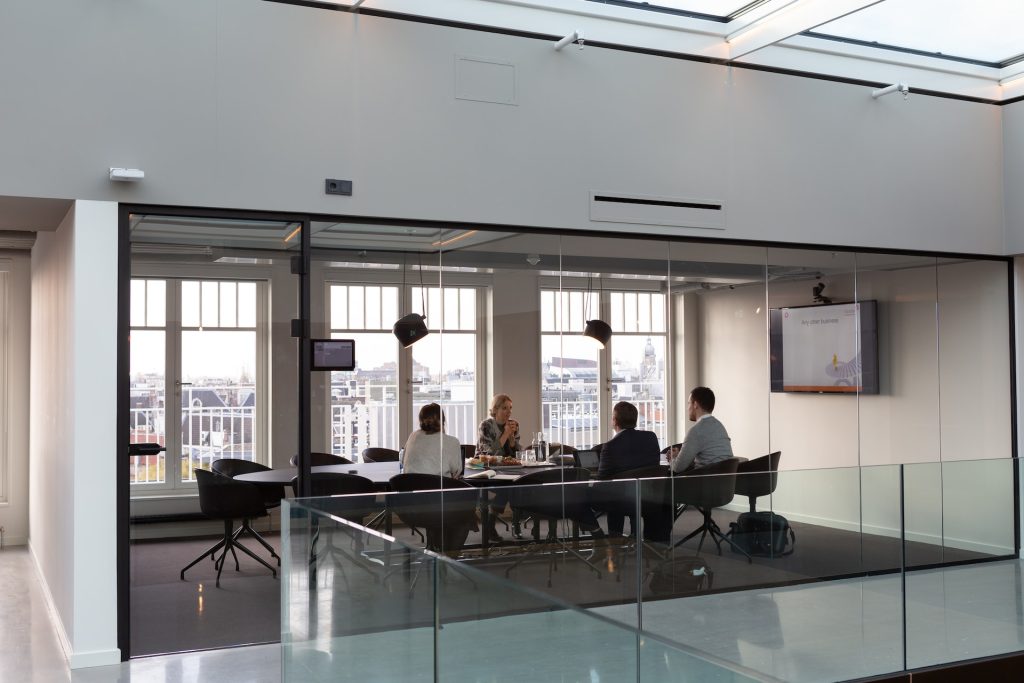
Can You Replace Part of a Gutter? A Practical Guide for Homeowners in Melbourne, AustraliaCan You Replace Part of a Gutter? A Practical Guide for Homeowners in Melbourne, Australia
Gutters might not be the most glamorous part of your Melbourne home, but when they fail, the damage can be dramatic and expensive. If you’re staring at a leaky, cracked, or clogged section, you might be wondering: Can you replace part of a gutter? The good news is, yes — partial gutter replacement is often possible and practical. But there’s more to it than just swapping out some metal or plastic. With Gutter Cleaning Melbourne, let’s unpack everything you need to know, from the types of gutters common in Melbourne, the materials involved, to best local practices and costs.

Why Replace Only Part of a Gutter?
Gutters wear out unevenly. Sun exposure, heavy rains, and debris build-up can cause specific sections to degrade faster. Melbourne’s unique weather pattern — often marked by sudden heavy showers and dry spells — accelerates this uneven wear and tear. Instead of replacing the entire gutter system, homeowners often opt for a partial replacement. This approach:
- Saves money by avoiding full-system overhaul.
- Targets problem areas like rust spots or cracks.
- Reduces labor and material waste.
- Allows for quicker repairs, minimizing water damage risks.
But, before you grab the ladder and tools, it’s important to understand when partial replacement is the right call and when a full replacement is unavoidable.
Common Gutter Types in Melbourne and Their Repairability
Melbourne homes feature a variety of gutter styles, each with different repair considerations:
1. Aluminium Gutters
Aluminium is a popular choice due to its lightweight and corrosion resistance — ideal for Melbourne’s coastal suburbs like Brighton or St Kilda. Partial replacement of aluminium gutters is usually straightforward since the sections are often modular and easy to detach.
2. Colorbond Gutters
Colorbond steel gutters are favoured for their durability and aesthetic appeal in Melbourne’s modern homes. Partial replacement can be done, but matching the exact Colorbond shade might be tricky due to fading from sunlight exposure, especially in suburbs like Hawthorn or Camberwell.
3. PVC Gutters
PVC gutters are common in suburban areas such as Footscray and Essendon. These gutters are relatively easy to repair or replace in sections since they use clip-on systems. However, care must be taken to use the correct fittings to maintain the waterproof seal.
4. Copper Gutters
Often found on heritage properties in Melbourne’s inner city (Fitzroy, Carlton), copper gutters require specialist repair. Partial replacement is possible but should be done by professionals to maintain historical integrity and ensure proper soldering.
How to Replace Part of a Gutter: Step-by-Step for Melbourne Homeowners
- Assess the Damage
Start by inspecting the gutter. Is the issue localized (a crack, rust, hole) or widespread? For example, in Melbourne’s leafy suburbs like Camberwell or Glen Waverley, fallen branches can cause isolated damage easily fixed with partial replacement.
- Measure the Damaged Section
Measure the length and note the profile of the gutter (quad, half-round, etc.). This info is vital when buying replacement parts.
- Source Matching Materials
In Melbourne, hardware stores like Bunnings Warehouse or specialized gutter suppliers stock a variety of materials. Try to match the style and color, particularly with Colorbond gutters, to maintain your home’s curb appeal.
- Remove the Damaged Section
Carefully detach the damaged section by removing brackets or screws. Use a ladder safely—Melbourne homeowners should consider local safety regulations or hire a licensed professional if unsure.
- Install the Replacement Section
Fit the new section in place, sealing joints with appropriate gutter sealants suitable for Melbourne’s climate. Ensure proper slope for water flow.
- Check for Leaks and Secure Attachments
Test by running water through the gutter and adjust brackets or seals as needed.
When Partial Replacement Isn’t Enough
Some damage is too extensive, and partial fixes become temporary Band-Aids. If:
- Multiple sections are corroded or leaking.
- The gutter system is over 15 years old.
- Structural components like fascia boards are rotted.
- You notice persistent water damage around your home’s foundation.
Then, it’s time to consider a full gutter replacement. For professional needs, go to Gutter Cleaning Melbourne.
Benefits of Professional Gutter Repair Services in Melbourne
While DIY partial gutter replacement is tempting, many Melbourne homeowners opt for professional help to:
- Guarantee water-tight seals.
- Ensure compliance with local building codes.
- Safely handle high or hard-to-reach gutters.
- Access specialized tools and materials.
- Extend the lifespan of your gutter system.
Professional services in Melbourne often provide maintenance packages including gutter cleaning, which is vital given Melbourne’s autumn leaf fall and spring storms.
Cost Factors for Partial Gutter Replacement in Melbourne
Costs vary depending on:
- Material type: Aluminium and PVC tend to be more affordable than Colorbond or copper.
- Gutter profile and size.
- Labour charges—urban areas like Melbourne CBD might be pricier.
- Additional repairs, e.g., fascia or downpipe work.
- Accessibility—higher homes or tricky roof angles increase costs.
Typical partial replacement might range from AUD $200 to $600 for a single section, while full replacements start from AUD $2,000 upwards.
Final Thoughts: Can You Replace Part of a Gutter? Absolutely — but Know Your Limits
Partial gutter replacement is a practical, cost-effective option for many Melbourne homeowners facing minor to moderate gutter damage. With the right tools, materials, and safety measures, DIY is possible. However, for longevity, aesthetics, and peace of mind, consulting professional gutter contractors who understand Melbourne’s unique environment is a wise move.
Remember: well-maintained gutters protect your home’s foundation, walls, and landscaping from costly water damage. Don’t wait until a small leak turns into a big headache. In the Melbourne climate, timely gutter care is not just maintenance — it’s essential home insurance.




